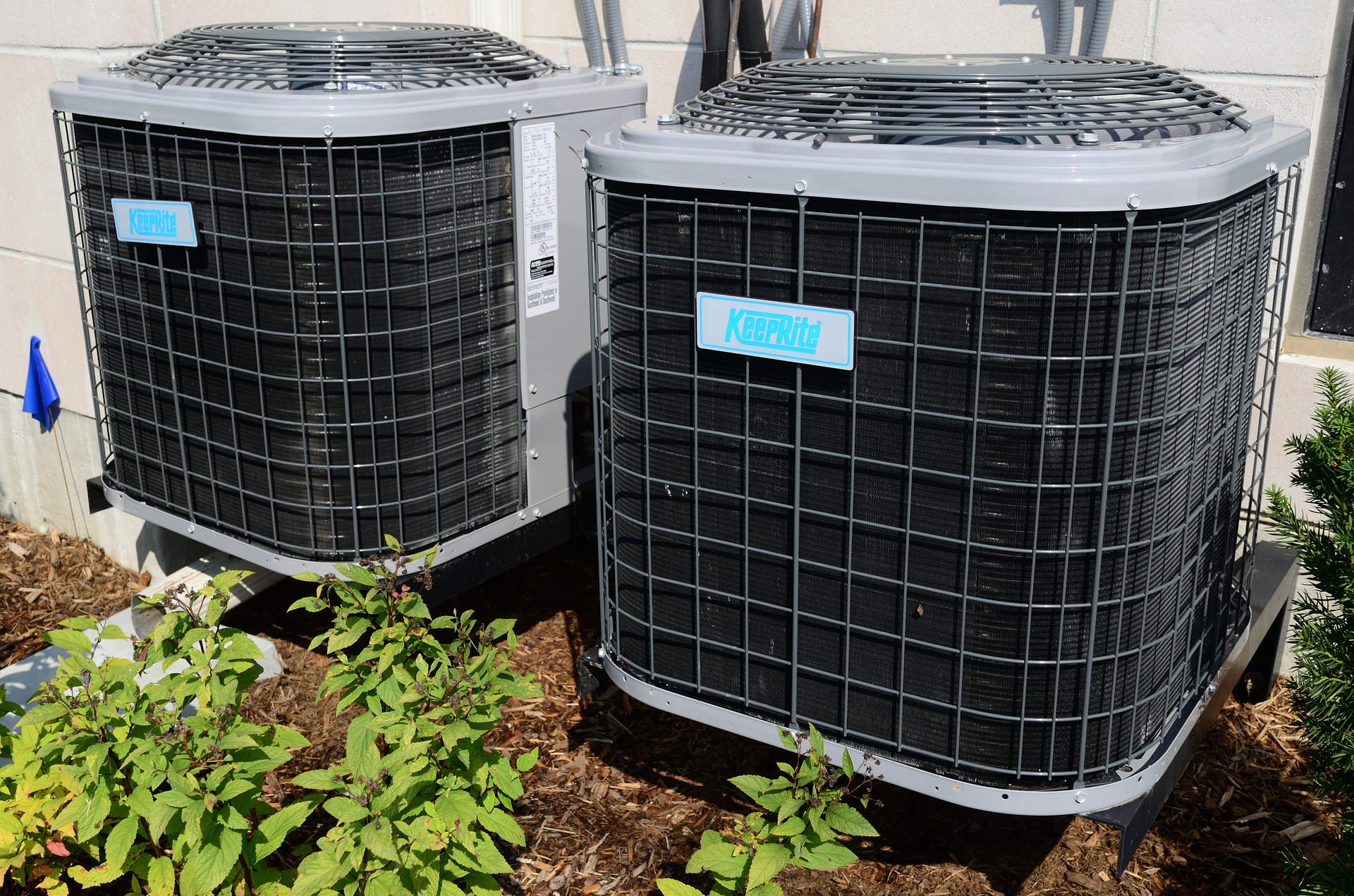Things To Know Before Turning Your AC Back On For Summer
The first blast of cool air from your air conditioning unit is a refreshing introduction to the spring and summer seasons, but without AC that is operating properly, the transition into the warmer months can become uncomfortable.
Knowing when to call a professional is important, especially when your air conditioning unit is showing signs of a potential problem after winter. Homeowners should know how to protect their unit during the idle months and what to look for when turning it back on for the spring to make sure that they are getting the most out of their unit.
Here are just a few tips to give you and your AC unit a head start on the summer and keep your home cool in the Vegas heat.
WHAT CAN I DO FOR WINTER MAINTENANCE?
Keep the Condenser Clean
Basic cleaning of your outdoor condenser consists of removing the top of the unit and using a garden hose to spray the dust from inside out. Dust gets sucked into the unit from the outside, so it’s crucial to spray the dust out instead of pushing it farther into the coil. You also want to avoid chemicals, which can cause premature rust. Even gentler chemicals must still be cleaned off properly to keep the unit from getting damaged.
Professional cleaning is always recommended for summer maintenance to ensure the safety and effectiveness of your unit.
Get Rid of Those Covers
Using a cover on your unit may seem like a good way to protect it from the weather during the colder months, but covers can cause moisture build-ups and premature rust, which lead to major long-term issues.
Some water leakage from the PVC primary drain line during humid weather is normal, but keep an eye out for excess leakage. Signs of rust at your primary drain line outlet can sometimes indicate an issue that needs attention from an HVAC technician. Also be aware that anytime the secondary drain pipe begins to leak water, there is definitely an issue.
You can tell the primary drain line from the secondary drain line by location. The primary drain line is usually located out of sight, where it can safely drain away the condensation that all units create. The secondary drain line is purposely located in a conspicuous location so that if it leaks water, you can’t miss it. Typical locations for the secondary line are above a window or door, in the garage, or even in a hallway in some condos or townhouses. Water only leaks out of the secondary line when there is a problem with your unit, so if you find water there, call for immediate service.
WHAT SHOULD I DO WHEN I TURN IT BACK ON?
Feel the Larger of the two Copper Lines
Inspecting the large copper line coming from the unit is one of the most efficient ways to test your AC after turning it back on in the spring. If the line is what we call “refrigerator cold,” then it’s a good indication that the unit should be in working order. But remember, even a cold line doesn’t tell you everything, and regular service with refrigerant level checks are recommended annually.
Check for Heat from the Unit
Checking the temperature of the air being pushed out by the outdoor condenser’s fan while the unit is running can also indicate if the unit is working. If the heat coming from the top of the condenser is warmer than the outdoor temperature, it means that the heat transfer from inside the house is happening.
Trim Growth Around the Unit
Foliage from winter that has grown around the unit should be cut back at least 12 inches from the sides of the equipment. This will help keep branches or debris around the condenser from blocking airflow to the unit as well as keeping it from getting inside the unit and interrupting functionality. If you see any pet hair or yard debris coating the coils of the condenser or building up inside the unit, system efficiency will be negatively affected. The condenser coil in particular and the unit as a whole should be cleaned annually for optimum efficiency.
WHEN SHOULD I CALL IN THE PROS?
Excess Movement
If you notice your unit wobbling, this could indicate issues with a motor shaft that may need to be serviced or replaced. It could also indicate an out-of-balance blade, which can be exchanged without replacing any motor components, saving you money and time. Schedule an inspection with a professional to determine the issue.
Excess Noise
Older compressors can make some mild noise during use. This is completely normal. However, excess noise could mean a loose fan blade or a worse problem.
Condenser motors often go out with a bang and cause a loud screeching sound. Homeowners should stop the unit and have it serviced immediately if unusual noises are heard.
Contact Legacy Air today to schedule an HVAC inspection and to learn more about keeping your AC unit in optimal shape for getting through the hot Vegas months.

